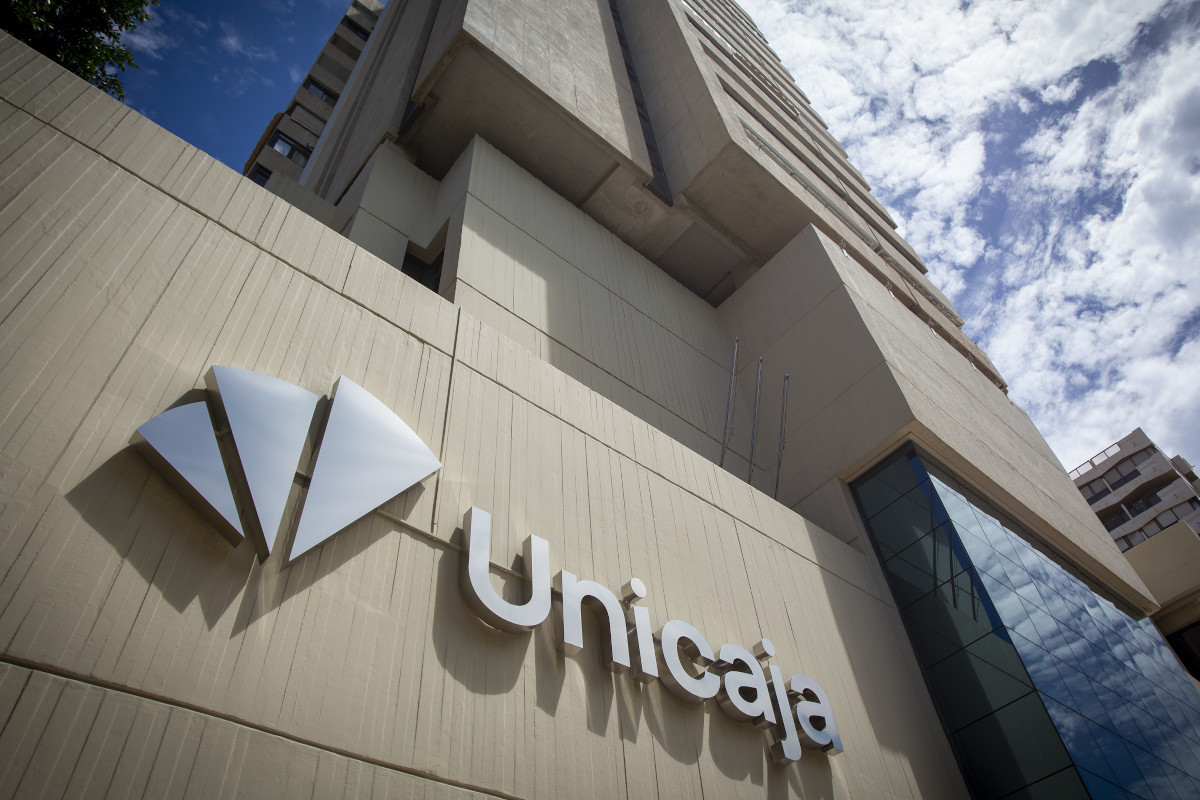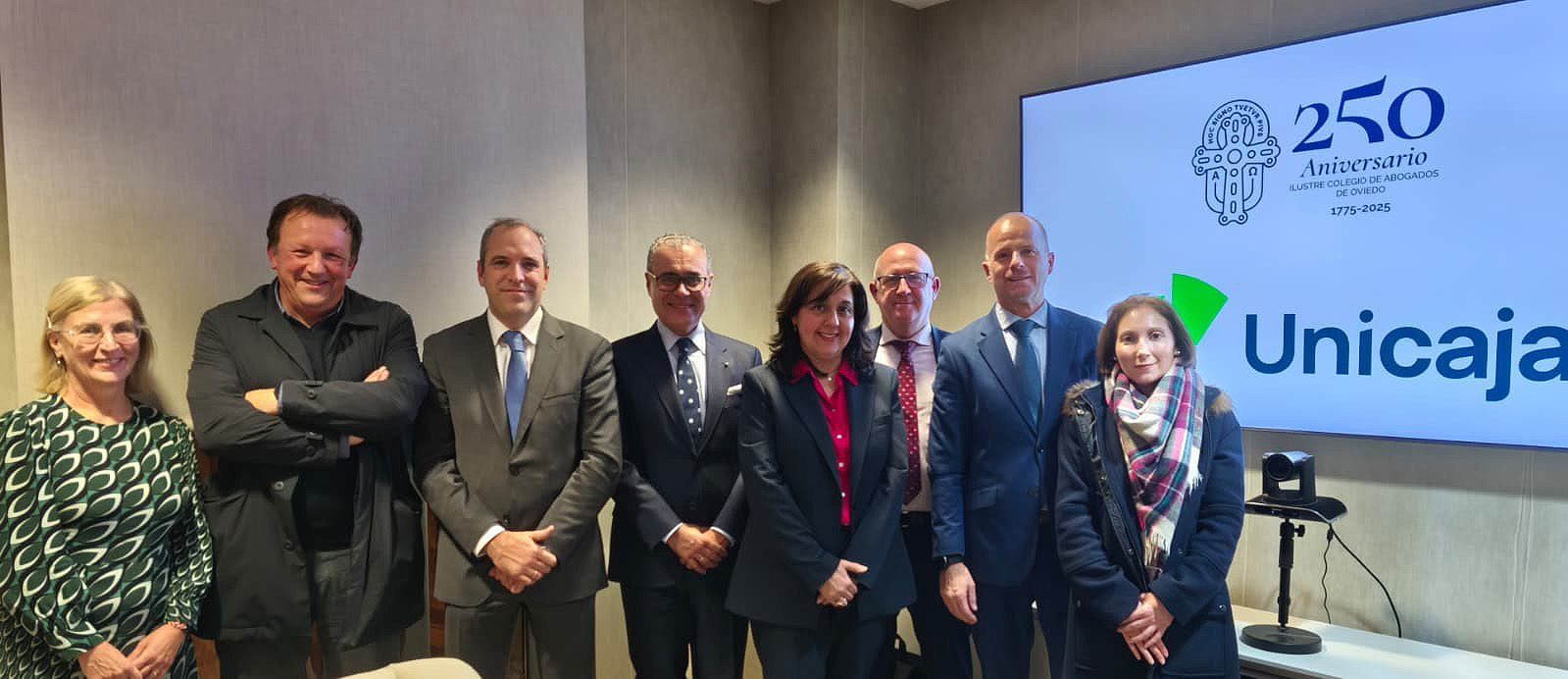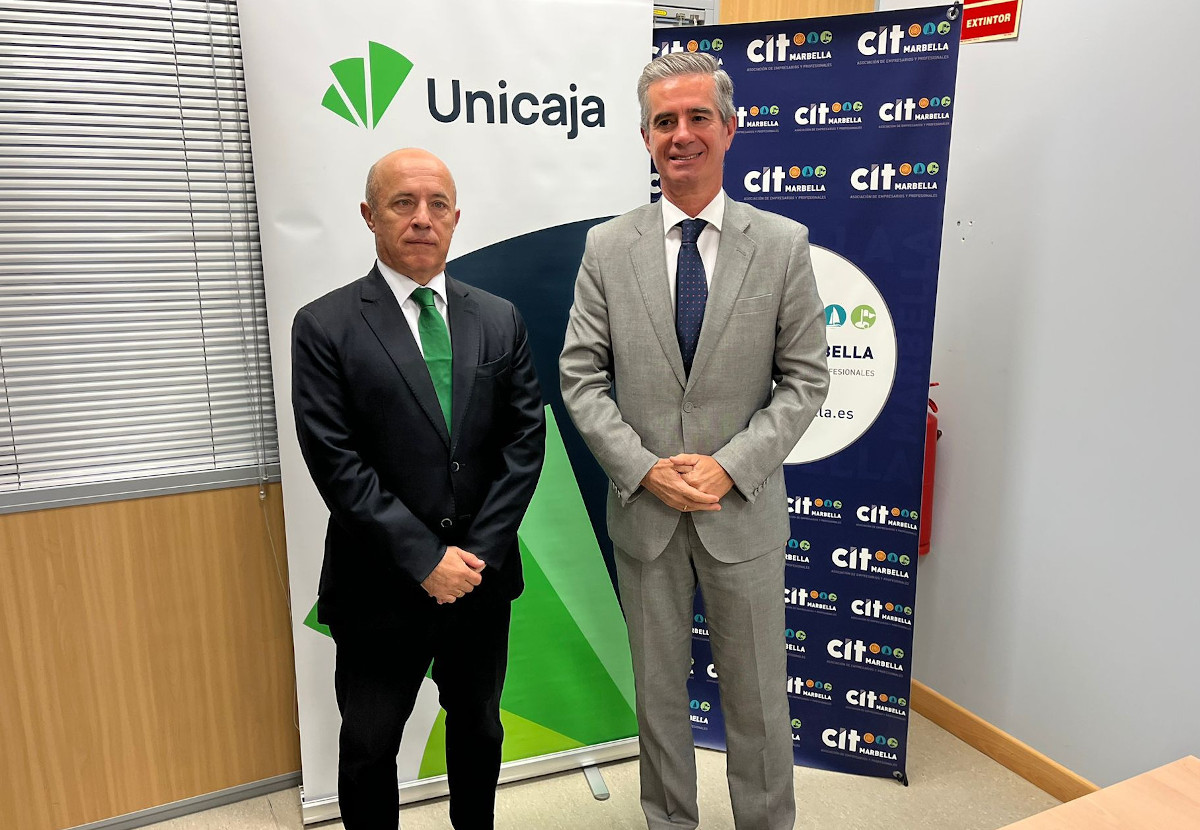Grupo Unicaja recorded a net profit of 503 million euros at the end of the third quarter of the year, an increase of 11.5% over the same period of the previous year (451 million euros in September 2024). With this result, the company has already exceeded the annual target set in its Strategic Plan (500 million euros).
The Group's result is underpinned by robust net interest income, which stood at 1,117 million euros, as well as by the growth in net fees and commissions and the reduction in the item of 'Other operating income and charges', which included the temporary tax[1] of credit institutions (88 million euros in the first three quarters of 2024).
Progress in the implementation of the 2025-2027 Strategic Plan is reflected in improved commercial dynamics with a 2.1% increase in customer business volume during the year. The higher growth of the gross margin (3.5% year-on-year) has enabled the efficiency ratio to remain stable at 45.2%, despite the 5.2% year-on-year increase in operating expenses. The ROTE profitability ratio, adjusted for excess capital, improved by 4 percentage points (p.p.) compared to September 2024, reaching 12.3%.
Balance sheet
Year-on-year growth of 2.9% in customer funds under management
Customer funds under management, including wholesale funds, showed a positive performance, with a 3.5% growth over the last twelve months, reaching 104.030 million, with a substantial weight of very stable and highly granular retail customer funds.
Retail customer funds reached 93,976 million, with a year-on-year increase of 2.9%, and a significant growth in off-balance-sheet funds and insurance (12.6%), which amounted to 24,987 million.
In the third quarter, among savings products, the performance of mutual funds was particularly noteworthy (year-on-year growth of 23.8%), with net subscriptions reaching 2,339 million euros, more than double the figure recorded in September of the previous year, which is a new all-time high and enables the market share to be maintained at 9%, according to Inverco data. The accumulated assets of these funds stood at 16,016 million euros.
The total performing loans book increased by 1.5% in the year to 47,047 million euros, thus resuming the growth path with a low risk profile. The Strategic Plan positions the growth of Corporate and Consumer lending as the key axis for revenue diversification, a commitment that is already showing tangible results, with advances of 2% and 4%, respectively, in the year. In year-on-year terms, consumer credit recorded growth of 8.4%, with a high weight of pre-approved loans, which accounted for 91% of the total amount formalized in the year.
As of September 2025, the bank had granted 8,917 million euros in new loans and credits, of which 2,185 million were mortgages to individuals, representing 24.5% of the total. New lending to the private sector increased by 39% year-on-year, with strong growth in all portfolios.
Improved balance sheet quality and high coverage ratios
The results for the period were also accompanied by an improvement in the quality of the balance sheet, demonstrating the strength of the business model.
The NPL ratio remained stable in the quarter and fell 55 p.p. over the last twelve months to 2.2%, and the cost of risk remained contained at 24 basis points (b.p.).
The volume of non-performing assets (NPAs) continued its downward trend, with a year-on-year fall of 24.6%, due to a 30.6% decline in the stock of foreclosed assets and a 19.9% drop in non-performing assets loans.
The quality of credit is reflected in aspects such as the evolution of entries in NPLs, which fell by 17.7% year-on-year, and with outflows of around 100 million euros in the last quarter.
The reduction in NPAs has been accompanied by the reinforcement of the already high levels of coverage, which are among the highest in the sector, in line with Unicaja's traditional policy of prudence. The coverage ratio for non-performing assets reached 75.4%, 74% for NPLs and 77.6% for foreclosed assets. The reduction in NPAs and the increase in coverage resulted in a 39% year-on-year fall in net NPAs.
Solvency and liquidity
CET 1 at 16.2% and comfortable liquidity position
Unicaja maintains high and solid solvency levels[2] . At the end of the third quarter of 2025, it had a CET 1 (Common Equity Tier 1) of 16.2% (with a margin of 8 p.p. over the levels required of the bank), a Tier 1 capital ratio of 18.1% and a total capital ratio of 20.2%. Thus, the ban has 2,343 million in excess of regulatory requirements.
The bank maintains a solid liquidity position, reflected in the Loan to Deposit ratio, which stood at 69.8%, a short-term liquidity ratio (LCR) of 295%, and a stable funding availability ratio (NSFR) of 159%.
Income statement
Gross margin grew by 3.5% year-on-year
Net interest income remained strong, with a reduction in the cost of deposits offsetting the lower yield on credit as a result of the fall in interest rates in recent months, reaching 1,117 million euros at the end of the third quarter.
Net fees reached 392 million euros in the third quarter, a year-on-year increase of 2.8%. The good commercial dynamics led to an increase in assets under management, especially in mutual funds, whose net fees rose 22.2% year-on-year. Insurance fees also performed positively, with a 4% increase over the same period of the previous year.
Gross margin amounted to 1,573 million, 3.5% more than in September 2024. The efficiency ratio remained stable at 45.2%, while ROTE, adjusted for excess capital, improved by 4 p.p. to 12.3%.
Pre-provision profit amounted to 862 million in the third quarter, loan-loss provisions increased by 6.4%, bringing the quarterly cost of risk to a contained level of 24 b.p. Pre-tax profit amounted to 708 million, with a net profit of 503 million.
Sustainability
During the third quarter of 2025, Unicaja reinforced its responsible banking strategy with measures aimed at sustainability and inclusion. These include the creation of a special interest-free and fee-free financing line for families, business owners and farmers affected by the forest fires in Spain. This initiative includes loans for rehabilitation and compensation advances, following models applied in previous emergencies.
The bank has reinforced its ESG strategy during the first nine months of 2025, achieving a significant reduction in financing to carbon-intensive sectors, such as oil and gas (-28%), energy (-62%) and aviation (-12%). New sustainable production has grown by 17% compared to the same period in 2024, with 71% of funds classified under Articles 8 and 9. In addition, 58% of outstanding senior debt is green, and 81,000 tons of CO₂ emissions have been avoided in 2024.
In this period, the bank has issued 2,100 million euros in green bonds, of which 1,600 million are still outstanding, and has 2,700 million in eligible projects. The range of sustainable products for the agricultural and livestock sector has also been expanded, thus consolidating a business model aligned with climate objectives.
On the other hand, it maintains its commitment to financial education through the Edufinet Project, which has reached more than 35,000 beneficiaries in 841 sessions and exceeded 10 million views on networks and podcasts.
[1] This tax has been replaced by a tax on net interest income and fees, which Unicaja has accrued under taxes on income.
[2] The capital ratios include net income, net of accrued dividends, computability pending approval by the European Central Bank.
Download hereby the graphics associated with the press realease.



